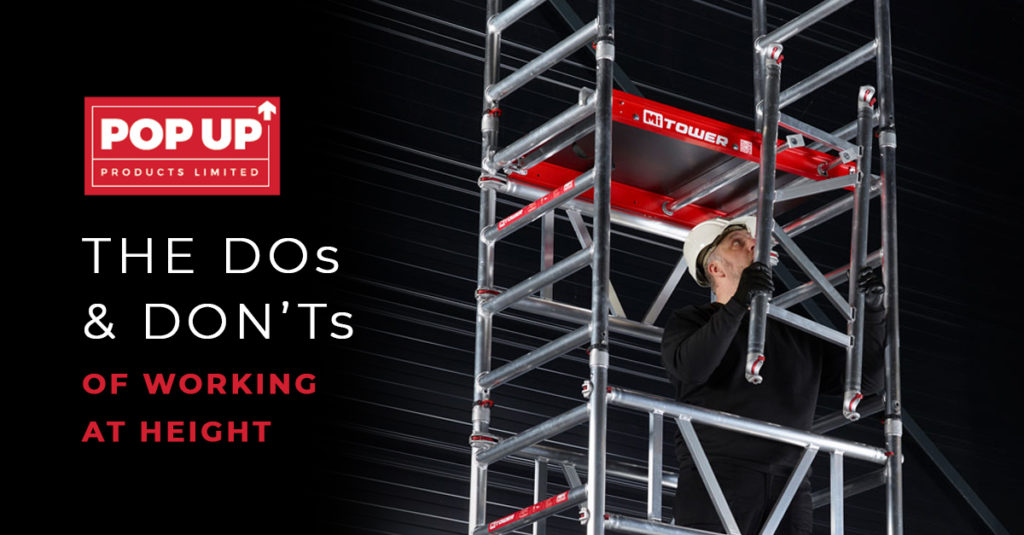
In March 2018 a solar panel installation company and its director were fined for failing to protect its workers properly from the risks of working at height, the company was fined £10,000, ordered to pay costs of £6,300 and the company director pled guilty to breaching two counts of Section 37 (1) of the Health and Safety at Work Act of 1974 and was fined £500.
In this case, the concern was first raised by a member of the public, to which a Heath and Safety Executive (HSE) inspector visited the site. The HSE inspector discovered two workers installing solar panels on a roof with no form of fall protection and a prohibition notice was served.
The HSE inspector returned, three days late to find the prohibition notice had been ignored by the director and both company and director were subsequently fined.
This example serves as an unpleasant reminder for all involved in work at height, if they had not been reported by a member of the public, would the HSE have had to find out from an injury? From a fatality? You cannot count on protection being provided to you, in the first instance, or once notice is served by a regulator.
We are going to kick off with a handy list of Dos and don’ts for working at height, regardless of who tells you what is ok. Know your limits, know your rights, know the risks.
Dos
- Always wear the correct personal protective equipment (PPE) – if you’re unsure, call the manufacturer.
- Always have edge protection – are you protected if you fall backward? Can you accidentally kick a heavy object over the edge of where you are working?
- Work from ground level where possible.
- Always ensure you and those working around you have had the correct training for the job.
- Make a plan for an emergency – I’m not suggesting you can plan for all situations but that you can have a plan to get the right people in place in a time of crisis.
- Be ready to stop work in case of harsh weather conditions – ensure your people don’t mistake bravery for stupidity when the weather is against you.
- Always ensure equipment is in good condition – no cracks, dents or shears on your access equipment, fully inspected fall prevention equipment etc.
- Use ladders, the common myth that you can no longer use ladders on site is just that, a myth, use them safely, however – don’t over-reach, follow the manufacturers’ guidance and only use them for short duration work.
- Understand the risks you and those around you are at – take the time to better understand why you need to be protected.
Don’ts
- Don’t think for a moment that your risk assessment has covered every eventuality, lightning will strike the same place twice and won’t warn you beforehand.
- Don’t use ladders for long duration work, unless you’re going to use them safely
- Don’t be afraid to ask questions, if someone cannot thoroughly explain why you should do something, then they probably shouldn’t be telling you to do it.
- Don’t leave it up to chance
- Don’t allow incompetent/untrained workers to work with or around you, they could injure themselves or you, proof of competency should be completed before commencing work.
- Don’t over-reach outside of your protected working platform – you could fall, or you could tip over the platform you are working on.
- Don’t assume safety checks have been made by someone working in the area before you.
- Don’t assume the surface you are on is not fragile – ensure it’s tested to take your weight, can you be sure what it is made of? Can you be sure of the structural integrity?
Finally, DON’T think this list covers ALL the dos and don’ts of working at height and DO feel free to SHARE this list if you found it helpful!
